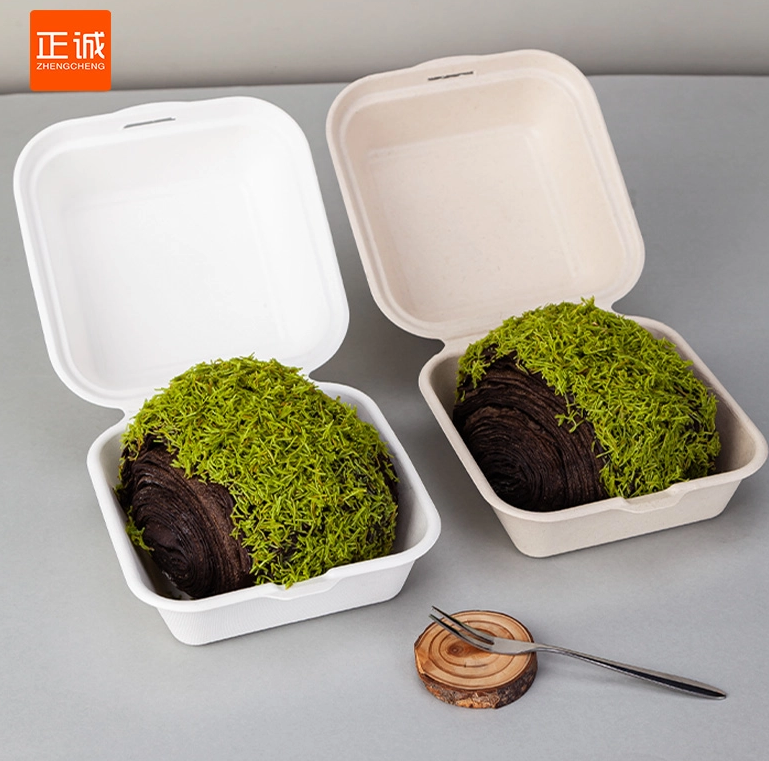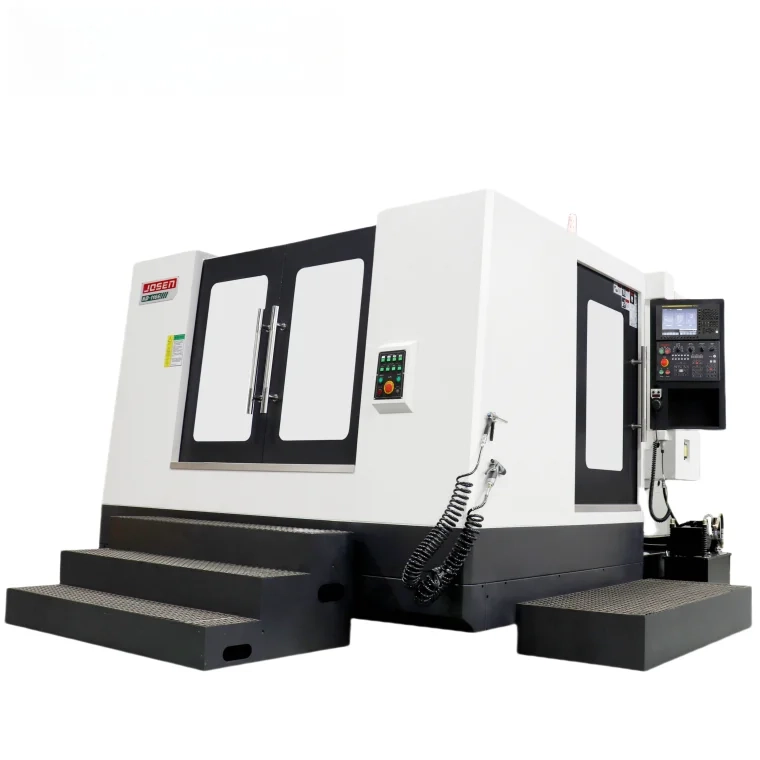In recent years, bean-to-cup coffee machines have surged in popularity among coffee enthusiasts and casual drinkers alike. These machines promise the convenience of freshly ground coffee at the touch of a button, but they often come with a hefty price tag. So, why are bean-to-cup machines so expensive? This article delves into the multifaceted reasons behind the high costs, exploring the technology, materials, and craftsmanship that contribute to their premium pricing.
- Advanced Technology and Engineering
At the heart of every bean-to-cup machine is sophisticated technology that ensures a consistent and high-quality brew. Unlike traditional coffee makers, these machines are equipped with advanced features such as:
- Integrated grinders: High-quality burr grinders are essential for achieving the perfect grind size, which directly affects the flavor profile of the coffee. These grinders are engineered to minimize heat generation during grinding, preserving the beans' essential oils and flavors.
- Precision brewing systems: Many bean-to-cup machines utilize advanced brewing technology, including programmable temperature controls and pressure settings. This precision allows users to customize their coffee experience, ensuring optimal extraction and flavor.
- Automated cleaning systems: To maintain hygiene and performance, many high-end machines come with automated cleaning cycles. This feature not only saves time but also ensures that the machine operates at peak efficiency, which is crucial for delivering consistent quality.
- Quality of Materials
The materials used in the construction of bean-to-cup machines significantly impact their cost. High-end models often feature:
- Stainless steel components: Durable and resistant to corrosion, stainless steel is commonly used in the construction of brewing units and water tanks. This not only enhances the machine's longevity but also contributes to a more aesthetically pleasing design.
- High-grade plastics and ceramics: While some machines may use cheaper plastics, premium models often incorporate high-grade materials that can withstand the rigors of daily use. For instance, ceramic grinders are known for their durability and ability to produce a consistent grind without overheating.
- Robust electrical components: The internal electronics of bean-to-cup machines are designed to handle complex operations, from grinding to brewing. High-quality components ensure reliability and longevity, reducing the likelihood of breakdowns and costly repairs.
- Craftsmanship and Design
The craftsmanship involved in creating a bean-to-cup machine cannot be overlooked. Many premium brands invest in skilled labor and meticulous design processes to ensure that each machine meets high standards of performance and aesthetics. This attention to detail often results in:
- Ergonomic designs: User-friendly interfaces and intuitive controls enhance the overall experience, making it easier for users to customize their coffee preferences.
- Aesthetic appeal: Many consumers are willing to pay a premium for machines that not only perform well but also look good in their kitchens. High-end brands often collaborate with designers to create visually appealing products that blend seamlessly with modern home decor.
- Research and Development Costs
The coffee machine market is highly competitive, and manufacturers invest significantly in research and development (R&D) to innovate and improve their products. This investment is reflected in the price of bean-to-cup machines. R&D efforts may include:
- Developing new brewing technologies: Continuous improvement in brewing methods can lead to better flavor extraction and user satisfaction.
- Sustainability initiatives: Many manufacturers are focusing on eco-friendly practices, such as sourcing sustainable materials and designing energy-efficient machines. These initiatives often come with additional costs that are passed on to the consumer.
- Brand Reputation and Warranty
Finally, the brand reputation plays a crucial role in the pricing of bean-to-cup machines. Established brands with a history of quality and reliability often command higher prices due to consumer trust. Additionally, many premium machines come with extended warranties and customer support, which add to their overall value.
Conclusion
In summary, the high cost of bean-to-cup machines can be attributed to a combination of advanced technology, quality materials, craftsmanship, R&D investments, and brand reputation. While the initial investment may seem steep, the long-term benefits of owning a high-quality machine—such as superior coffee, durability, and convenience—often justify the price. For coffee lovers who value quality and consistency, a bean-to-cup machine can be a worthwhile addition to their daily routine.







+ There are no comments
Add yours